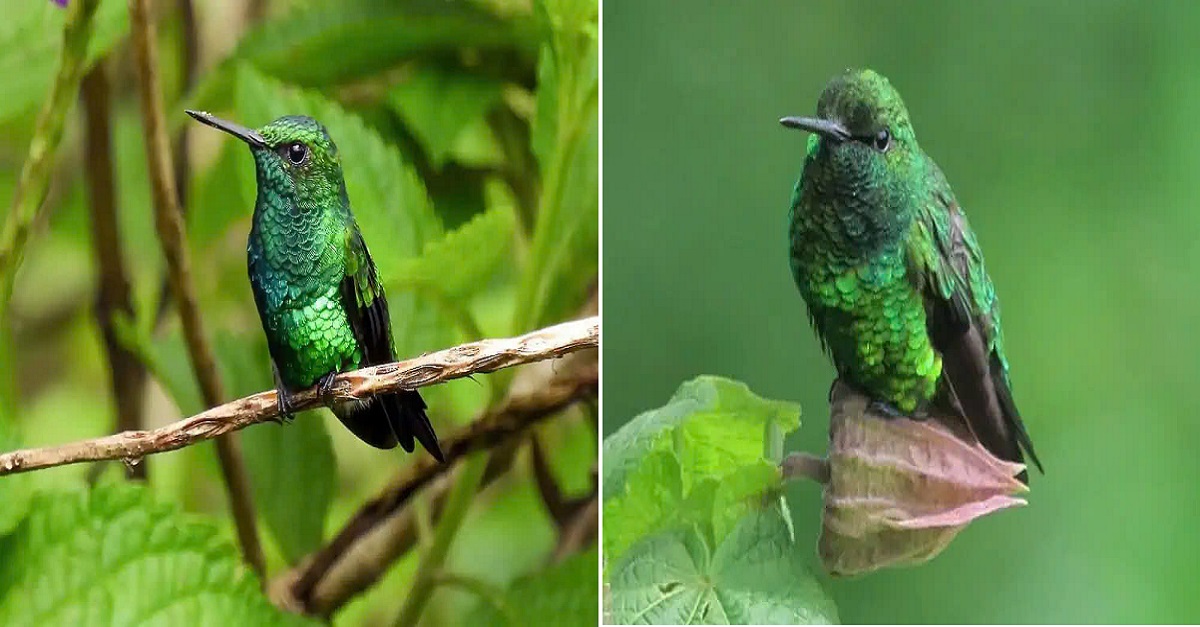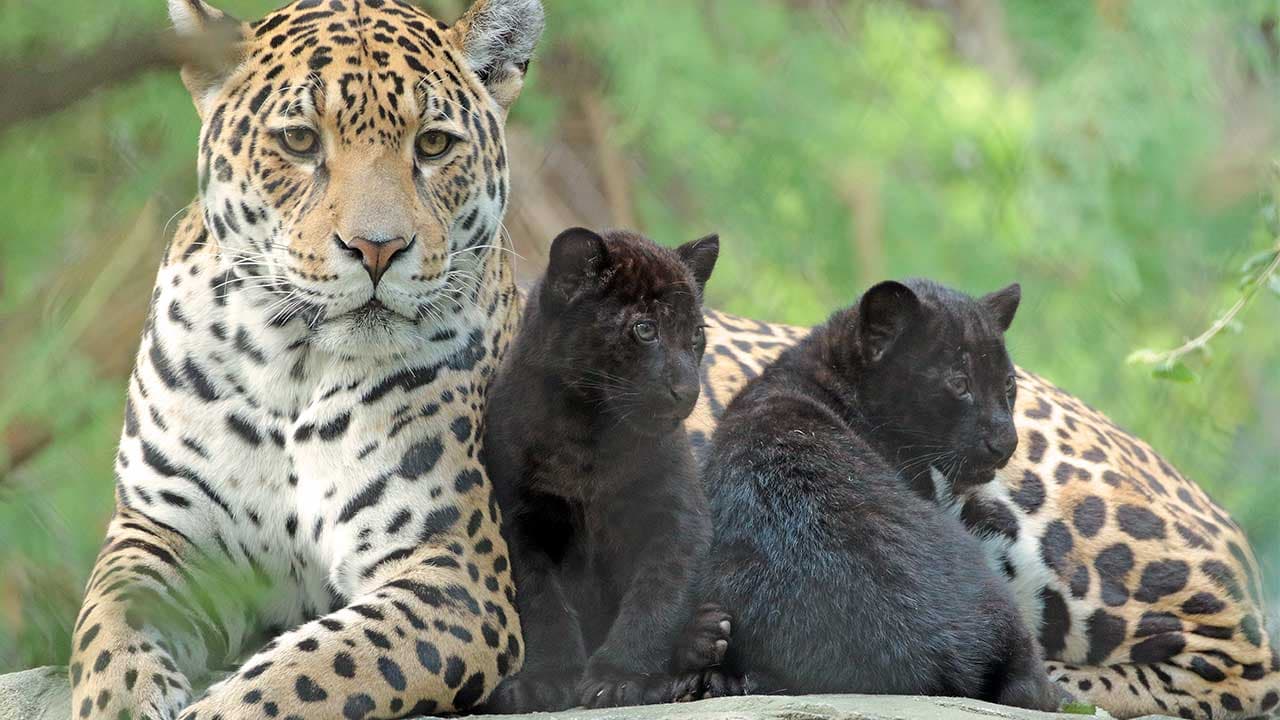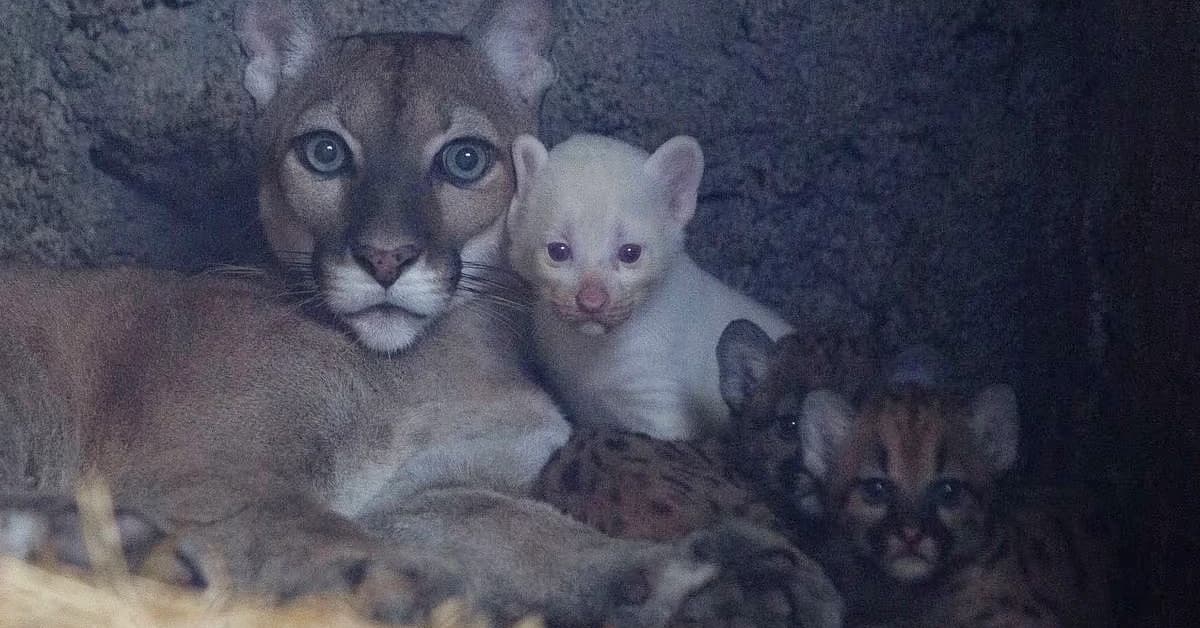Euplectes jacksoni, the charming Jackson’s widowbird, is a remarkable species found in the grasslands of East Africa. This unique bird has long captivated ornithologists and nature enthusiasts alike with its elegant appearance and fascinating behavior.
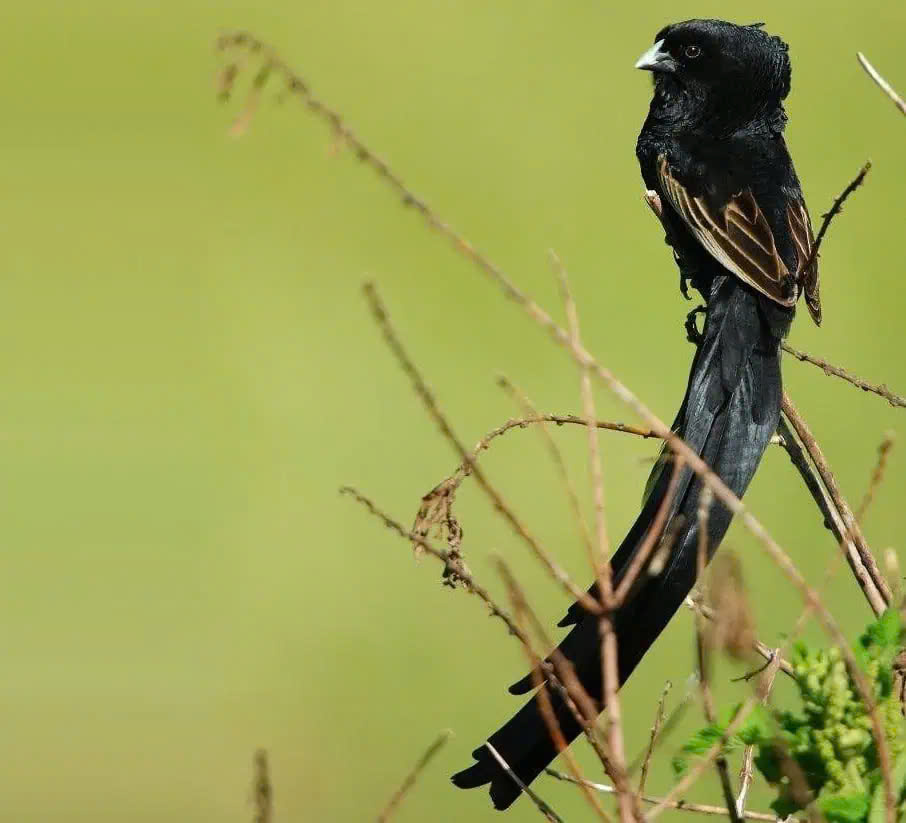
The Jackson’s widowbird, part of the Ploceidae family, stands out with its striking black plumage and an extraordinary tail that can reach nearly half a meter in length. This impressive feature serves a dual purpose: helping males attract mates and asserting their dominance in social groups. Adding to its visual appeal, the male widowbird displays vivid red shoulder patches, particularly pronounced during the breeding season, creating a striking contrast that captures the attention of female counterparts.
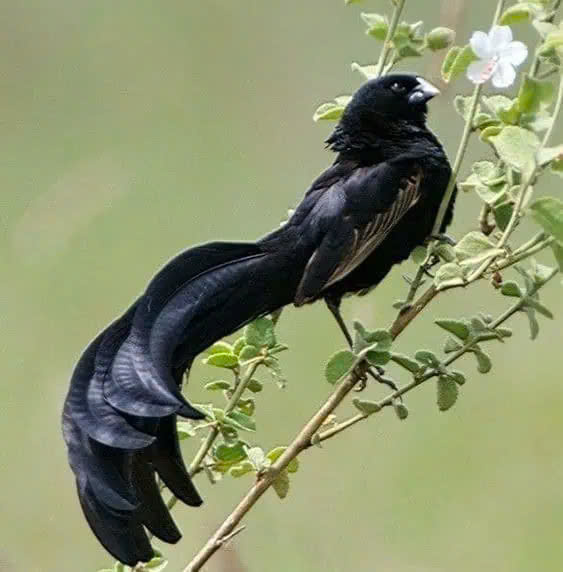
This species inhabits the open grasslands of Kenya, Tanzania, and Uganda, where tall grasses and scattered shrubs provide the perfect backdrop for their courtship displays. During the breeding season, male Jackson’s widowbirds gather in areas known as leks to compete for mates. These displays involve intricate aerial maneuvers and tail fanning to impress potential partners. The dedication to courtship reflects both evolutionary adaptation and resilience in the face of competition.
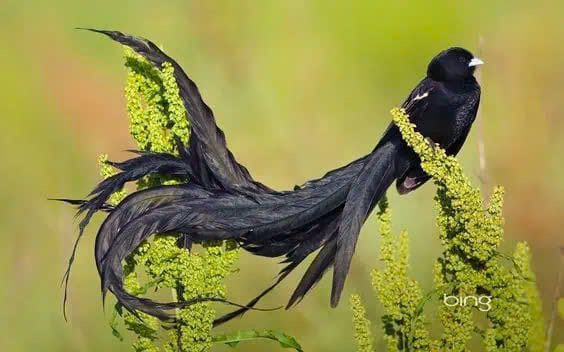
Beyond its aesthetic allure, Jackson’s widowbird plays a vital role in its ecosystem. As seed-eaters, they support plant diversity by dispersing seeds across the grasslands. Additionally, they serve as prey for various predators, maintaining a balanced food web. Despite their enchanting presence, Jackson’s widowbirds face threats from habitat loss due to agricultural expansion. Conservation efforts are underway to protect this species and its ecosystem, ensuring their survival for future generations.
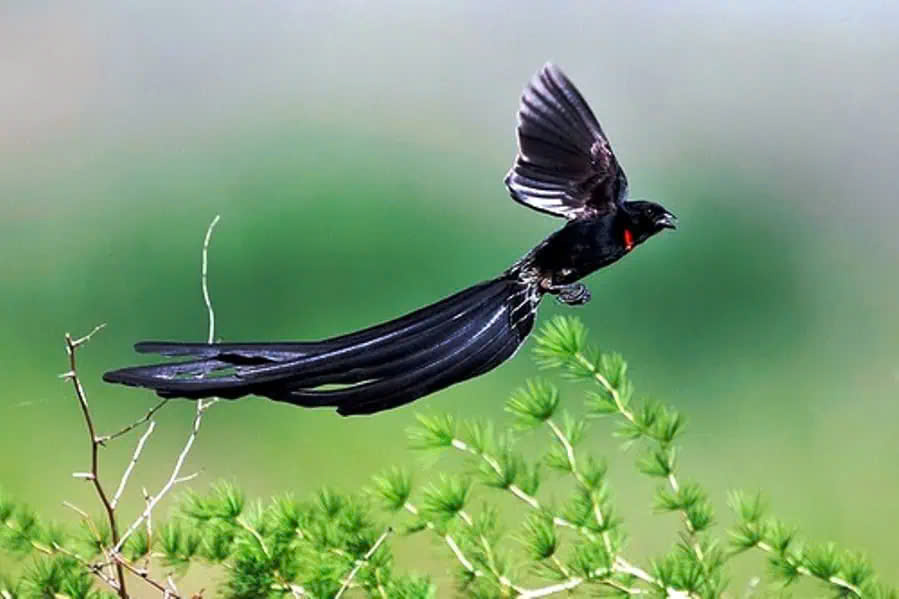
In summary, the Jackson’s widowbird is a testament to the wonders of nature. Its distinctive beauty, intricate behavior, and ecological contributions embody the delicate balance of life in East Africa’s grasslands.

